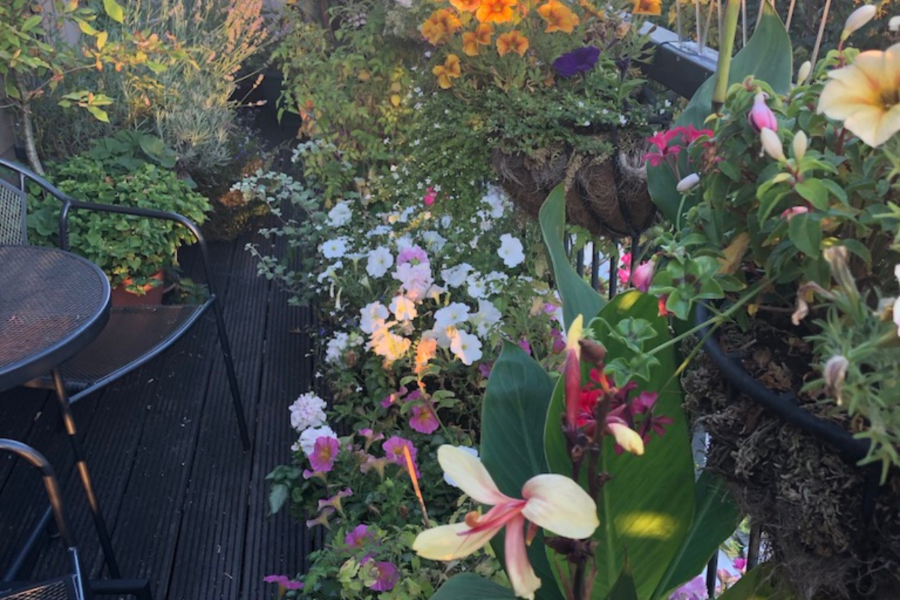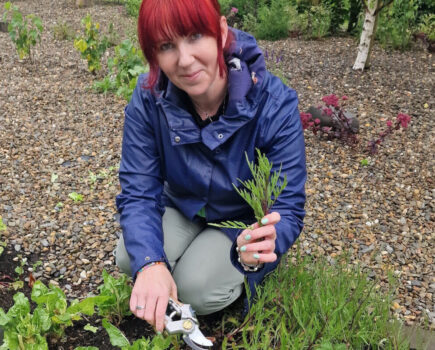Welcome wildlife to your garden with these simple organic steps, writes Chris Collins, Garden Organic’s head of organic horticulture
Wildlife doesn’t care if your garden is big or small. If you provide food/water and shelter – it will come, and if you live in an urban area, your garden can knit together with other gardens to create one giant wildlife-wellness corridor. Attracting nature to your garden also helps you grow better, because many insects and birds are great for natural pest control.
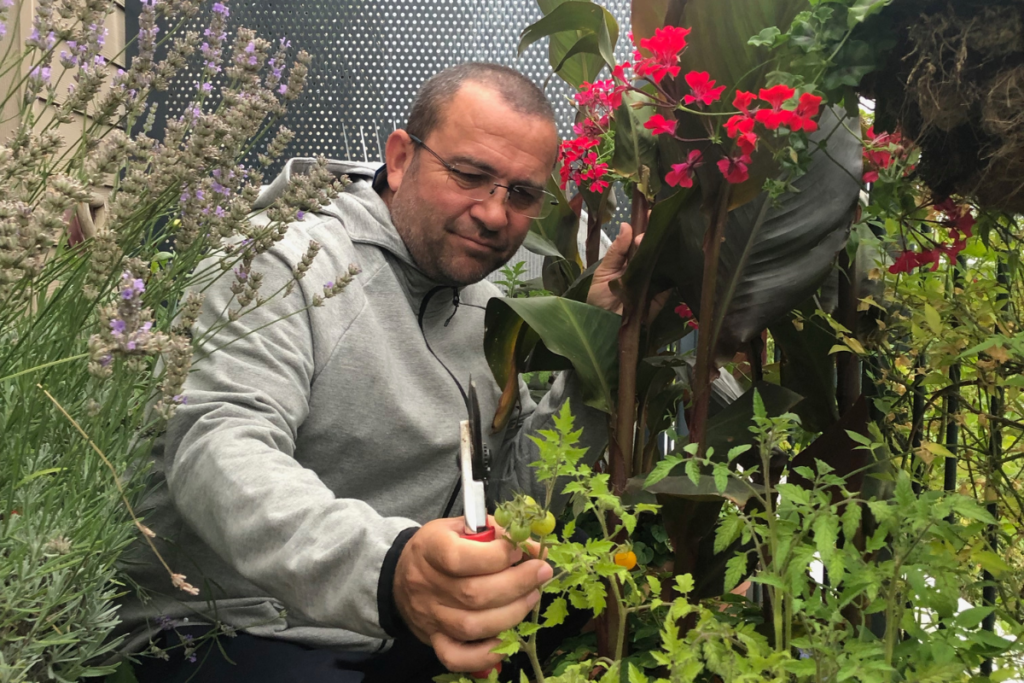
Easy ways to attract wildlife
Gardening for wildlife organically doesn’t mean spending lots of money on gadgets or bird food because there’s plenty of low-cost ways you can tempt them in.
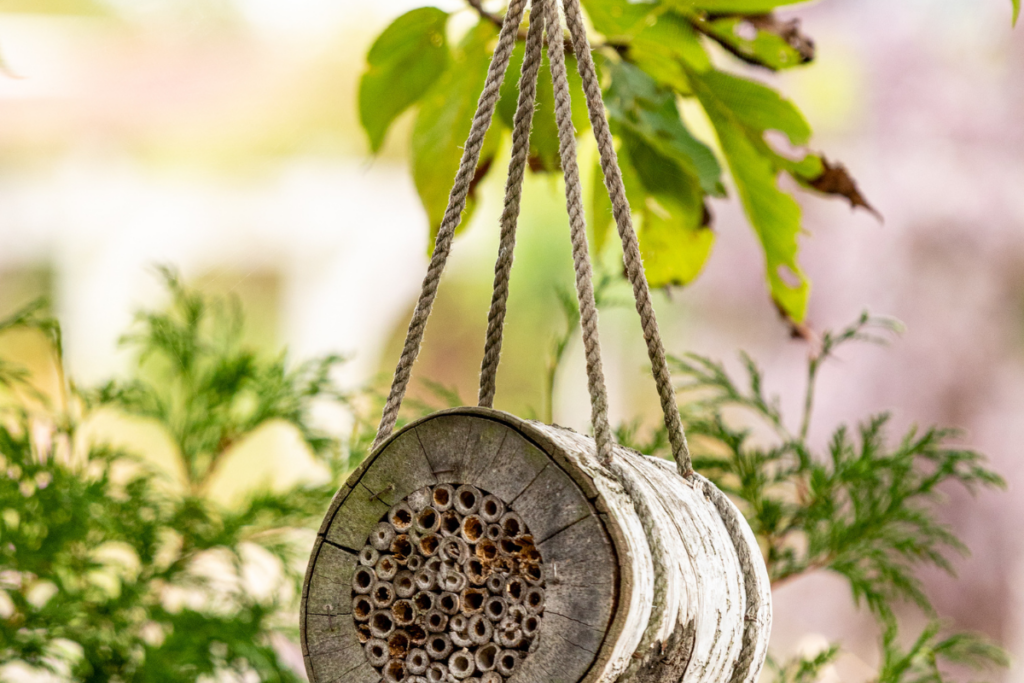
Sow pollinator-friendly plants such as herbs and wildflowers, which will attract butterflies, bees, lacewings and hoverflies. Or green-up walls with native flowering shrubs and climbers such as holly, hawthorn or honeysuckle which are a fantastic source of berries and nectar.
Add some habitat piles of logs or leaves, and insect houses such as a tin can stuffed with stems or a ‘hoverfly lagoon’ container filled with upright bamboo – and you have your own tiny wilderness.
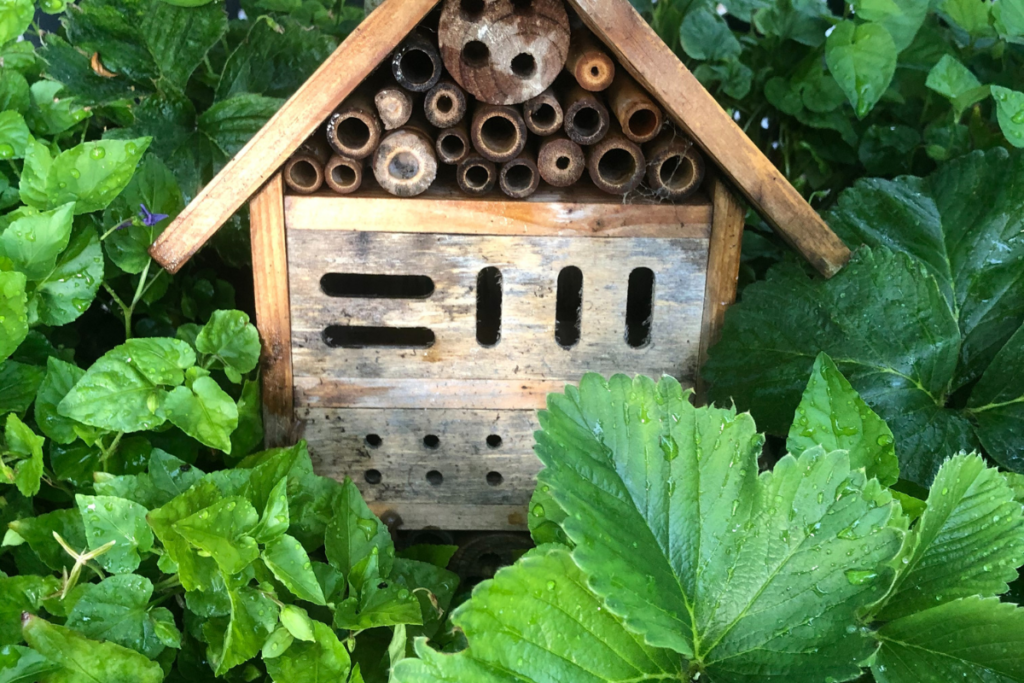
Believe it or not, a compost heap can support 2,000 life forms, from birds and slow worms to fungus and nematodes. Why not build a small container from pallets. Don’t feel you have to hide it away – be proud of your bin and its huge organic benefits.
Weekend wildlife projects
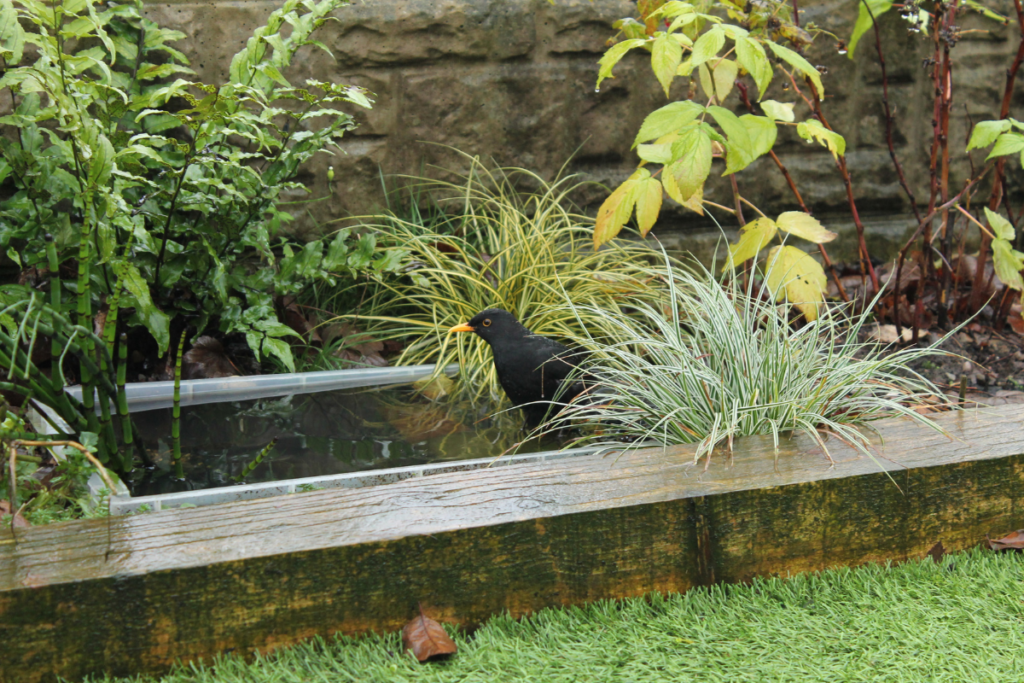
If you’ve got a bit more time, add some water. A trug pond can attract birds and frogs, but a bog garden is even better as there’s no algal build up and it requires less maintenance. Simply dig a hole in the ground to a depth of 12 in (30cm). Line it with thick plastic and puncture it with a few holes. Back fill with garden soil, adding rocks and plants as cover for wildlife.
It’s easy to forget about flying creatures, for at twilight in the summer, urban gardens can be clicking with bat flight. Encourage them to stay by building a bat box from untreated rough sawn wood at least 1in (2cm) thick. Create a back plate, sloping roof, front and floor. Ensure there’s a 1in (2cm) gap at the back as this prevents birds nesting. Hang the box 9ft (3m) above ground in a southeast or westerly aspect.
Question and Answer
Q. How can I encourage hedgehogs into my garden?
A. Hedgehogs like to roam through multiple gardens so ensure fences have small holes or ‘hedgehog highways’, at the base for easy access. Piles of leaves or logs and ponds with steps are also great habitats for hedgehogs.
Q. What are the best small shrubs for birds?
A. I like Viburnum opulus (guelder-rose) for its flowers/berries and canopy cover. Elderflowers, hollies, blackthorn and dogwood are also nature friendly.
Q. I’ve heard people talk about ‘rot holes’ for wildlife – what are they?
A. These are concave crevices in old wood, usually where a branch has broken, and a perfect home for earwigs, woodlice, centipedes and spiders.
Find more tips, advice and articles like this at the Amateur Gardening website. Subscribe to Amateur Gardening magazine now.

